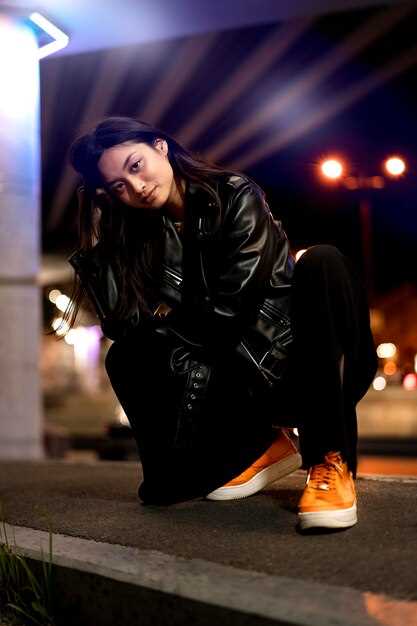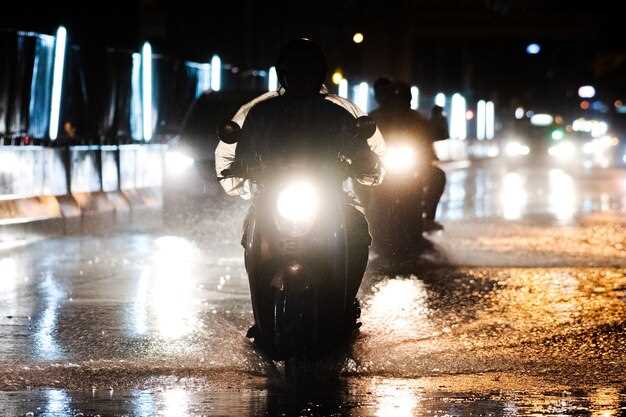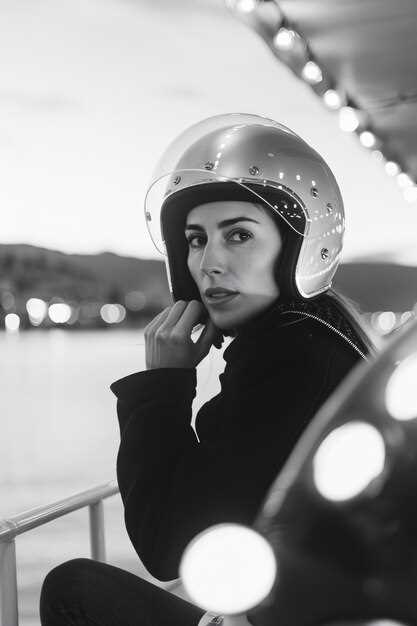
Nighttime photography can be both an exhilarating and challenging endeavor, especially for motorcycle enthusiasts eager to capture their rides in a unique light. The art of capturing stunning shots of motorcycles under the night sky requires not only technical skills but also a creative vision that can transform ordinary scenes into extraordinary moments. As you delve into this captivating world, understanding the nuances of low-light conditions will elevate your photography to new heights.
One of the key elements in nighttime photography is the ability to manipulate light effectively. Motorcycles, with their sleek lines and reflective surfaces, become subjects of intrigue when illuminated at night. Whether you’re aiming for dramatic silhouettes or vibrant highlights, mastering the interplay between ambient and artificial light will allow you to create impactful images that resonate with viewers.
In this article, we will explore essential techniques and equipment needed for achieving breathtaking shots of motorcycles after sunset. From adjusting camera settings to finding the perfect locations, each element plays a vital role in capturing the essence of your ride. Prepare to embark on a photographic journey that will not only enhance your skills but also celebrate the passion for motorcycles in all their night-time glory.
Choosing the Right Camera Settings for Nighttime Shots
When capturing nighttime shots of motorcycles, selecting the appropriate camera settings is crucial to achieving stunning images. Begin with adjusting the ISO. A higher ISO setting, such as 800 or 1600, allows your camera to capture more light, which is essential in low-light conditions. However, be cautious as excessively high ISO values can introduce noise, so find a balance that delivers clarity in your shots.
Next, focus on the aperture setting. A wider aperture (lower f-number, like f/2.8 or f/4) enables more light to hit the sensor and creates a beautiful depth of field, making the motorcycle stand out against a blurred background. This combination enhances the overall appeal of your nighttime shots.
Shutter speed is another critical setting. For nighttime photography, a slower shutter speed (around 1/30 to 1/60 seconds) allows your camera to gather more light. However, using too slow a speed can result in motion blur, especially if the motorcycle is in motion. If you are capturing moving subjects, consider using a faster shutter speed and compensating by utilizing your camera’s stabilization features or a tripod.
Lastly, don’t forget to experiment with white balance settings to ensure accurate color reproduction. Switching to the ‘tungsten’ setting can counteract the yellow tint often seen in artificial lighting at night. Test different settings to find what works best for your specific nighttime shots.
Techniques to Capture Motorcycle Action in Low Light

Capturing the dynamic movement of motorcycles in low light can be challenging but rewarding. Here are some techniques to enhance your nighttime photography skills:
- Use a Fast Lens: Choose a lens with a wide aperture (f/2.8 or wider) to allow more light to hit the sensor. This helps in capturing clearer shots of motorcycles in motion.
- Higher ISO Settings: Increase the ISO setting on your camera to make it more sensitive to light. Be cautious of introducing noise; test different settings to find the right balance.
- Stabilization Techniques: Utilize a tripod or handheld stabilization to avoid motion blur. Some cameras come with built-in stabilization features that can be beneficial.
- Shutter Speed Selection: Experiment with faster shutter speeds (1/500s or quicker) to freeze the action while maintaining clarity. When necessary, use slower speeds for artistic motion blur effects.
- Continuous Shooting Mode: Use the burst mode to capture multiple shots in quick succession. This increases the chance of getting the perfect action shot as the motorcycle passes by.
- Light Trails: Consider using longer exposures (1 second or more) to capture light trails from the motorcycle’s headlights or tail lights, creating a more dynamic scene.
By implementing these techniques, you can achieve stunning nighttime shots of motorcycles that highlight their speed and elegance, even in challenging lighting conditions.
Lighting Options to Enhance Motorcycle Night Photography

When capturing stunning shots of motorcycles at night, the right lighting can make all the difference. Different lighting options can create dramatic effects, highlight the curves of a bike, and enhance the overall atmosphere of the photograph.
One effective option is to use external flash. A powerful speedlight can be positioned to illuminate the motorcycle from different angles, emphasizing its features without overpowering the shot. Experimenting with bounce flash techniques can soften the light and reduce harsh shadows, creating a more balanced image.
LED light strips or portable LED panels are also excellent choices for motorcycle night photography. These lights can be adjusted in intensity and color temperature, allowing for creative lighting setups. Placing these strips along the bike can define its lines and create an eye-catching glow, perfect for showcasing the motorcycle’s design.
Using ambient light from street lamps or nearby buildings can add a unique backdrop to the shots. Positioning the motorcycle strategically to capture the warm tones of these lights can result in beautiful contrast and mood. Additionally, incorporating long exposure techniques can further enrich the images, allowing moving lights to create trails that enhance the dynamism of the scene.
For a more artistic approach, consider using colored gels over external lights. This method can introduce vibrant hues into the composition, transforming the motorcycle into a striking focal point against a cool night backdrop. Combining different colors can create a surreal and engaging effect that turns a simple shot into an extraordinary visual experience.
Finally, remember to experiment with natural light sources like the moon or twilight. Capturing a motorcycle silhouette against a fading sky can evoke a sense of adventure and freedom, making for powerful shots that resonate with fellow enthusiasts.





